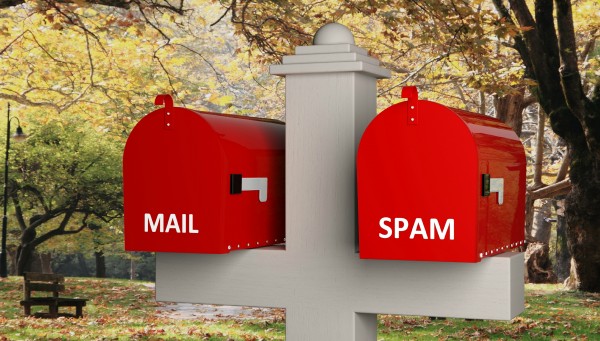Not another Monday. Every Monday morning, I arrive at the office to find a very stuffed Outlook email box. How can my mailbox end up with so much stuff in it when all my clients’ offices and my office is closed on the weekends?
 It turns out that most of the email I’m drowning in was not business related, but just bulk email. Why am I not calling it spam? Because it isn’t actually spam.
It turns out that most of the email I’m drowning in was not business related, but just bulk email. Why am I not calling it spam? Because it isn’t actually spam.
What is spam?
Spam is truly unsolicited email. For example, you receive an email from a foreign government official saying they have $1.3 million to give you if you front the $10,000 in transaction costs first. This email was completely unsolicited and you did nothing to give these individuals instructions to reach out to you by email; this is spam. The intent of these spam messages is to indiscriminately reach as many people as possible. Tip: this type of message could also be construed as a phishing scam.
What isn’t spam?
The messages from companies that at one point you did business with, purchased something from or otherwise showed interest in are not spam. You may have wanted these messages at one point, but now are no longer interested in them. Messages such as livingsocial emails, weekly eBay notifications or Amazon reminders to purchase more stuff. Believe it or not, at one time you probably opted-in to receiving these marketing messages.
What you can do
The messages that make their way into your mailbox are actually marketing solicitations. Your email provider should have filtering in place that blocks some of these messages. (And, if you have a third-party email filter in place, that will provide even more protection and block excess messages).
Each of these bulk solicitations from companies have one important thing in common—they don’t want to be known as spammers. The sender will go to great lengths to avoid violating a piece of U.S. law called the CAN-SPAM Act, which dictates to companies that they must make it easy for people to opt-out of marketing communications.
So here’s how you can get some control over your mailbox by leveraging some of the features that these marketers put into their emails to opt-out:
-
Cleanse 30 minutes a day for a week
At the base of each email, click on the link to opt-out of their communication. It generally uses language like opt-out, unsubscribe or communication preferences. Simply follow the instructions and you’ll see a decrease in these types of emails over time. I usually recommend spending about 30 minutes each day for a week to remove anything you no longer want to receive.
-
Look for the opt-in box when you subscribe
When signing up for new accounts online, look for a box that allows you to opt-in on marketing communications and make sure you un-check that box if you are not interested. The CAN-SPAM Act requires that marketers provide you with an opt-in option. This means that you must give them permission to send solicitations to you. If you don’t give them the permission, then they are breaking the law.
-
Block as you go via Outlook
When all else fails, block the messages by right clicking the message in Outlook, scroll down to junk, then select block sender. This is the equivalent of the nuclear option, as all future messages from that email address will be blocked from your inbox. Beware though, once the sender is blocked, that sender’s emails will continue to be blocked even if the sender is trying to send you something important that you want, like a password reset link or an important reminder.
Give it a week, and enjoy the cleaner Monday mailbox for months. When it builds back up again, rinse and repeat!
